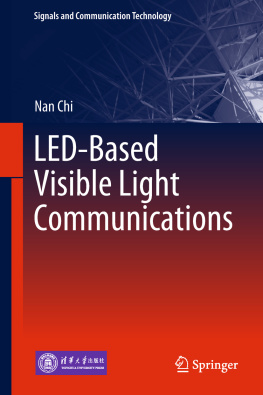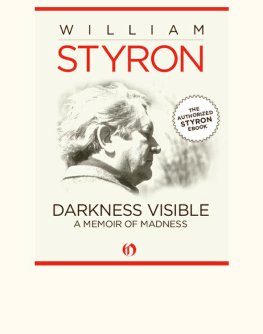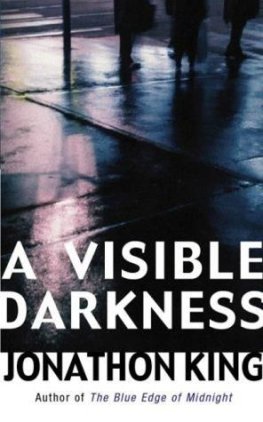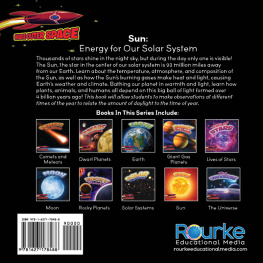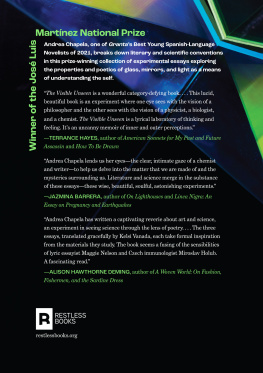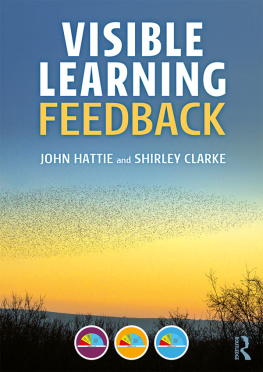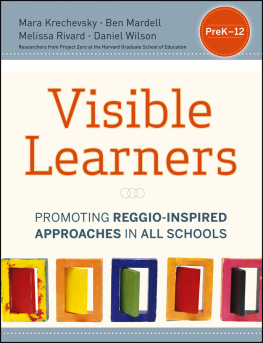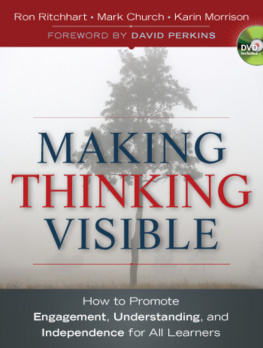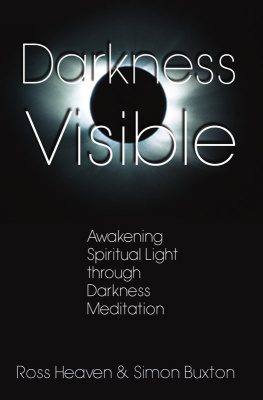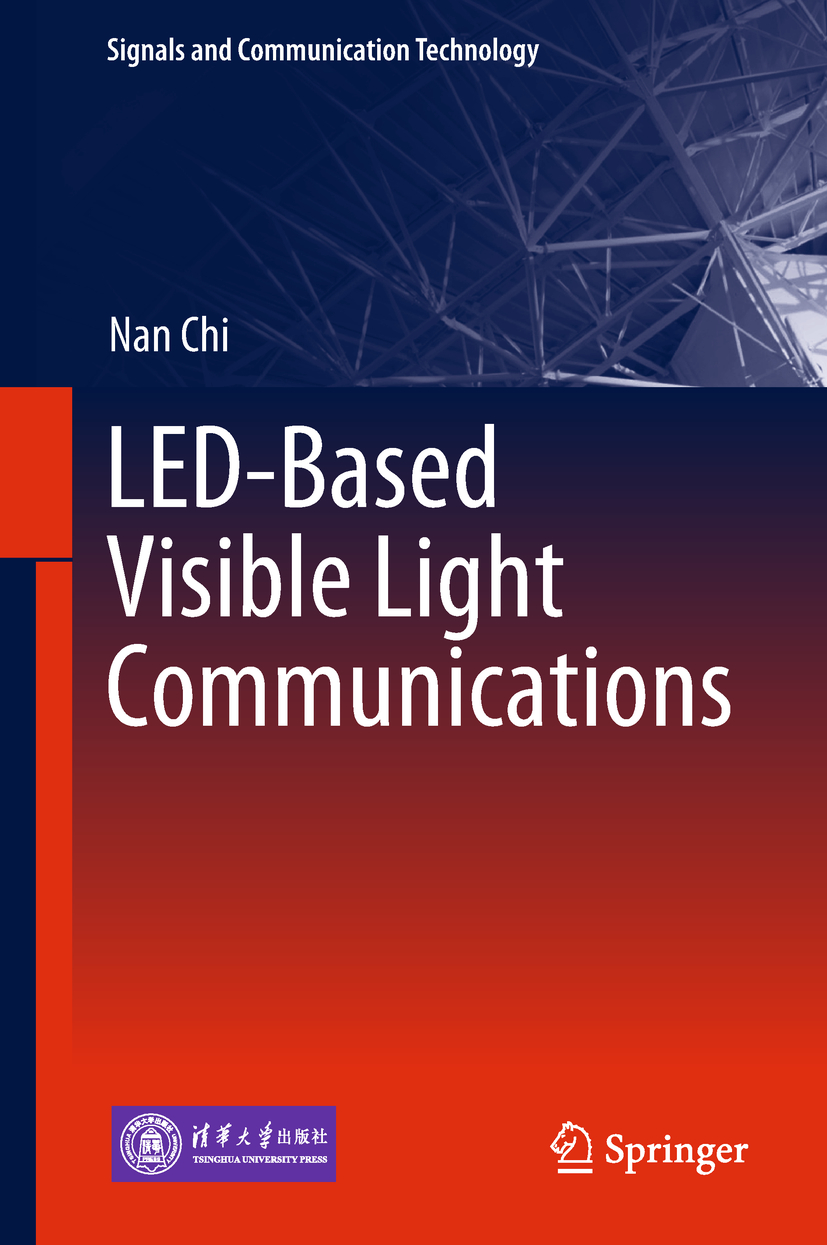Nan Chi
Fudan University, Shanghai, China
ISSN 1860-4862 e-ISSN 1860-4870
Signals and Communication Technology
ISBN 978-3-662-56658-9 e-ISBN 978-3-662-56660-2
https://doi.org/10.1007/978-3-662-56660-2
Library of Congress Control Number: 2018936636
The print edition is not for sale in China Mainland. Customers from China Mainland please order the print book from: Tsinghua University Press
Tsinghua University Press, Beijing and Springer-Verlag GmbH Germany 2018
This work is subject to copyright. All rights are reserved by the Publisher, whether the whole or part of the material is concerned, specifically the rights of translation, reprinting, reuse of illustrations, recitation, broadcasting, reproduction on microfilms or in any other physical way, and transmission or information storage and retrieval, electronic adaptation, computer software, or by similar or dissimilar methodology now known or hereafter developed.
The use of general descriptive names, registered names, trademarks, service marks, etc. in this publication does not imply, even in the absence of a specific statement, that such names are exempt from the relevant protective laws and regulations and therefore free for general use.
The publishers, the authors and the editors are safe to assume that the advice and information in this book are believed to be true and accurate at the date of publication. Neither the publishers nor the authors or the editors give a warranty, express or implied, with respect to the material contained herein or for any errors or omissions that may have been made. The publishers remains neutral with regard to jurisdictional claims in published maps and institutional affiliations.
This Springer imprint is published by the registered company Springer-Verlag GmbH, DE part of Springer Nature
The registered company address is: Heidelberger Platz 3, 14197 Berlin, Germany
Preface
The emergence of smart home and the rapid spread of intelligent devices have made revolutionary changes to the category of the mobile digital terminal, which brings about a big test to the traditional access of network technology. The dilemmas of the last mile from optical fibers to home relate to the limited spectrum of resources regarding the wireless access network, the immaturity of ROF technologies, and electromagnetic radiation, which all restrict the bottleneck breakthrough. The world today is experiencing a profound revolution of access technology called Anywhere, Anytime, and society is calling for a new access method, which can broaden the current spectrum resources, be greener, as well as removable. As a result, visible light communication (VLC) has emerged, as modern times require.
Visible light communication uses white LEDs as a light source and utilizes high-speed flashing signals carried by the LED lights to transmit information. Visible light communication is the result of the combination of both lighting and communication characteristics. Because of its great advantages, such as high efficiency, low cost, and a long lifetime, it is certain that LEDs will become our main sources of lighting, instead of incandescent bulbs and fluorescent lamps. In 2011, our country launched incandescent phase-out programs and, thus, planned to completely ban the sale of common lighting incandescent lamps by 2016. There is no doubt that LEDs will become the next generation of lighting technology, which has been a recent trend in The Times Magazine . The popularity of solid-state lighting makes the light source of VLC available everywhere. Standing on the shoulders of giants, visible light communication is developing rapidly with the boom of the LED industry. Due to the LEDs features, such as energy saving and cost saving, visible light communication will serve as a new means of green communication and will make a great contribution to the countrys energy conservation plan.
Visible light communication has the following positive characteristics. To start, white light is safe to human eyes, and the power of indoor white LED lamps can reach up to ten watts or more, which means visible light communication has a very high signal-to-noise ratio, with greater bandwidth potential. Second, visible light communication technology has no electromagnetic pollution, so it can be applied to aircrafts, hospitals, industrial controls, and other RF-sensitive areas. In addition, visible light communication combines illumination, communication, positioning, as well as other functions, with low energy consumption, less equipment, and other advantages, which meets national energy conservation strategies. The fourth advantage is that, since visible light communication uses an unlicensed spectrum, its applications are flexible, and it can be used alone or as a valid backup for RF wireless devices. Furthermore, visible light communication is suitable for information security applications. As long as there are obstacles that visible light cannot penetrate, information within the illumination network will not be leaked, so visible light communication has a high degree of confidentiality.
Since the concept of visible light communication was proposed in 2000, it has quickly gained attention and support from all over the world. In just ten years, it has developed rapidly. The transmission rates have improved from tens of Mbit/s to 500 Mbit/s and even to 800 Mbit/s. In addition, VLC technology has developed rapidly from off-line to real time, from low-end modulation to high-order modulation, from point-to-point to multiple-input multiple-output (MIMO). VLC technology has impacted the global market, and Times Magazine rated it as one of the Top 50 Worldwide Scientific and Technological Inventions in 2011. Thus, todays VLC technology research is experiencing increasingly active development, where new concepts and new technologies are emerging endlessly. Whether from the national strategic level, or as an urgent need for energy conservation, or just by considering the huge market potential, VLC is making a huge impact within China. As a combination of both new methods of illumination and optical communication, VLC is promoting the development of the next generation of lighting, as well as an access network, and represents great technological progress, which has lead to it becoming one of the focuses and key points of international competition.
The author Nan Chi is a Professor and Doctoral Mentor of the Communications Department of the School of Information at Fudan University. She is a Senior Member of the Optical Society of America (OSA) and Member of Institute of Electrical and Electronics Engineers (IEEE), Technical Committee on Integrated Optoelectronics of Chinese Optical Society, as well as the Optical Communications Committee of China Institute of Communications. She has won the New Century Excellent Talents of the Ministry of Education, Shanghai Shuguang scholars, Japan Okawa intelligence funds, Shanghai Pujiang Talents, and Shanghais top ten cutting-edge IT. Additionally, she has undertaken a number of national projects, including 973 project topics, 863 projects and Natural Science Foundation projects. Furthermore, she has published more than 300 papers, including more than 200 SCI papers, which have been cited more than 2000 times. Her research interests are in the areas of coherent optical transmission, visible light communication, and optical packet/burst switching.

